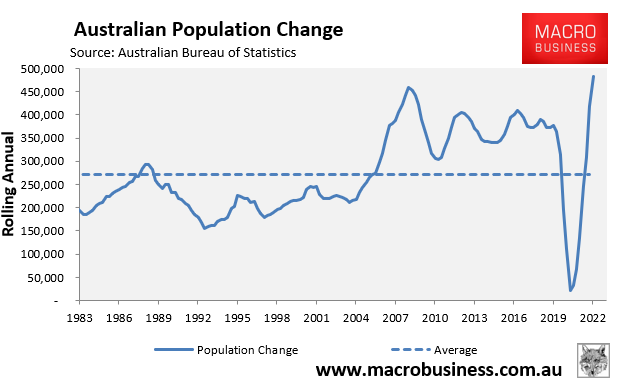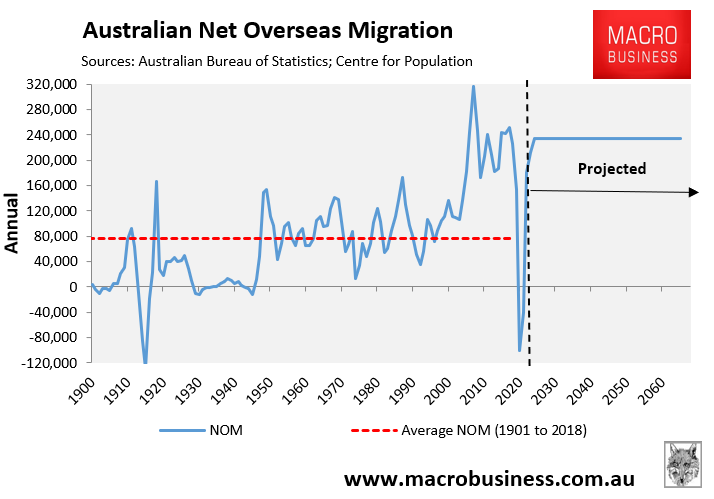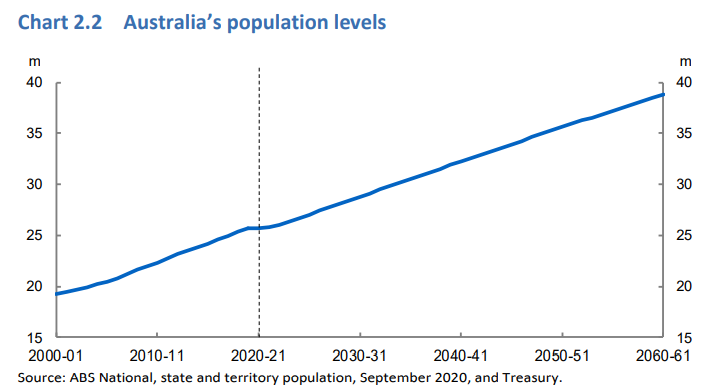Housing commentators are calling on policy makers to lift housing supply to solve Australia’s worsening rental crisis, amid record-breaking immigration.
PropTrack economist Angus Moore says rents are soaring because there are so few vacant properties, which has tipped supply-demand balance in favour of landlords.
“That means it’s very hard for tenants to find a rental, and competition is fierce when they are available. We’re seeing rents grow very quickly as a result”, Moore told The AFR.
“With borders reopened, we’ve seen strong net overseas migration and that’s contributing to rental demand”.
“Vacancy rates remain extremely low and migration has returned and is contributing to demand in inner-city areas”.
Jarden chief economist Carlos Cacho believes the rental crisis will get worse if immigration continues at current extreme levels.
“The outlook for supply is dire in 2024, given a lack of new projects today”, Cacho said.
“One release valve may be household sizes once again increasing. This could take the form of couples living in two-bedroom units adding a house mate, or single people moving back into share houses or with family”.
Both Moore and Cacho argued that the only long-term solution is to build more homes.
“In the medium to longer term increased supply is needed, likely from a combination of public or social housing and private housing”, Cacho said.
The housing crisis has been deliberately engineered by the Albanese Government, which has set in train the biggest immigration program is this nation’s history via:
- Increasing the permanent (non-humanitarian) migrant intake to a record high 195,000 people a year (up 35,000);
- Increasing the number of hours international students can work and how long they can stay after they finish their studies: and
- Committing 500 new staff and committing $42 million of funding to clear ‘visa backlogs’.
As a result, a record number of migrants landed in 2022, pushing Australia’s population growth to a record high of nearly 500,000 people:

Australia’s immigration is already running way ahead of the Intergenerational Report’s (IGRs’) forecast of 235,000 annual net overseas migration, which itself is 15,000 higher than the 15 years of “Big Australia” immigration leading up to the pandemic:

Under the IGR’s extreme immigration projection (let alone the current higher intake), Australia’s population will soar by 13.1 million people (50%) in only 40 years, which is equivalent to adding a combined Sydney, Melbourne and Brisbane to Australia’s current population:

The federal government’s extreme immigration program will, therefore, ensure Australia remains in permanent housing shortage because demand will forever run ahead of supply.
Yet moderating immigration back to long-run historical levels of around 100,000 people a year is never even contemplated, despite the overwhelming majority of Aussies wanting lower levels of immigration.
The housing debate will remain a farce until the immigration elephant is acknowledged and acted upon.

